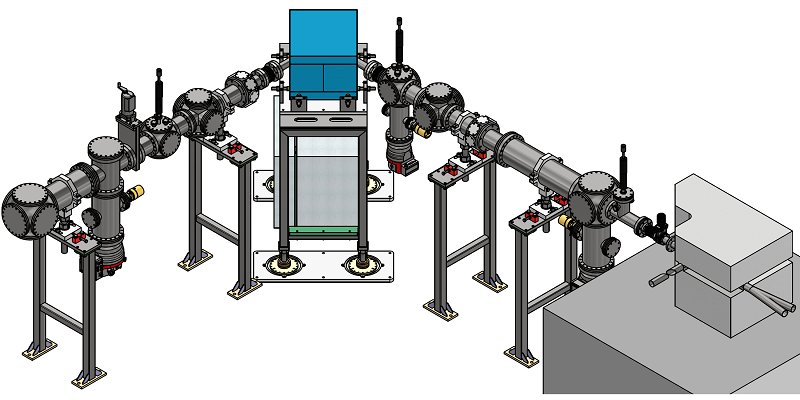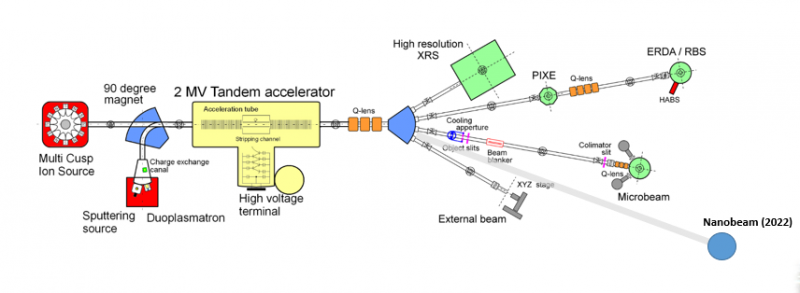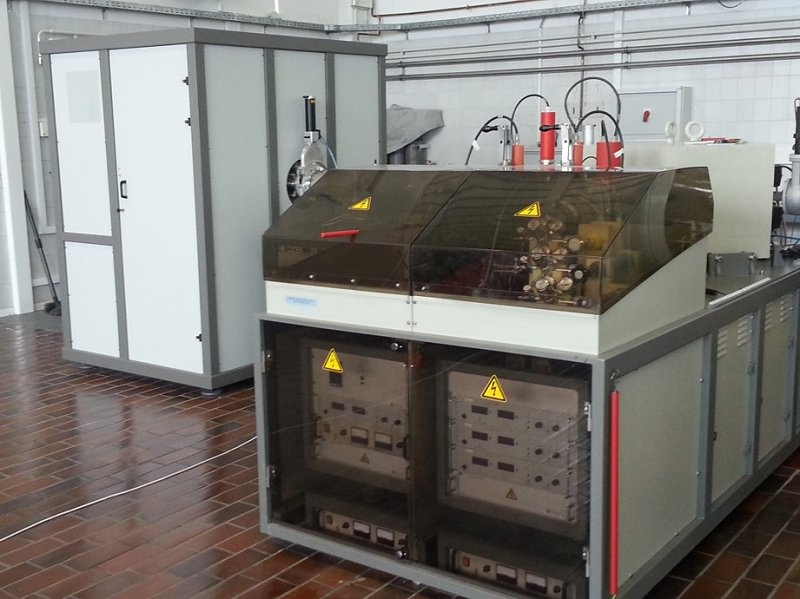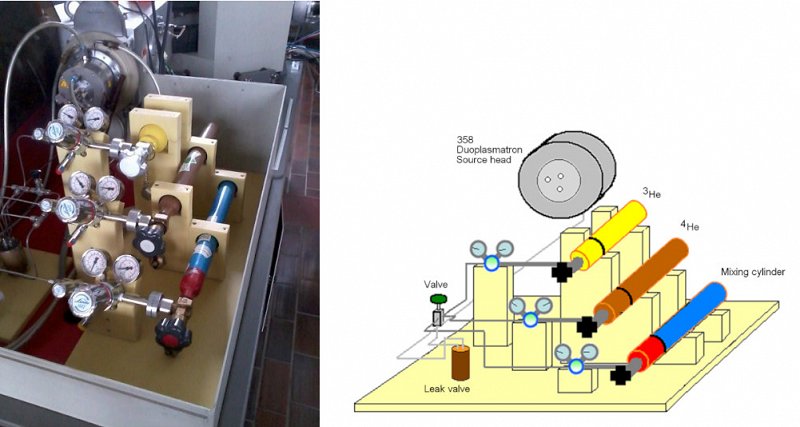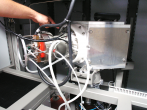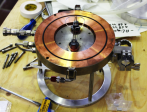On the beam line with an external beam, the measurements are performed with the PIXE method in the air on objects that cannot be inserted into a vacuum, e.g. art canvases from the National Gallery, in which the types of original pigments before restoration procedures are determined
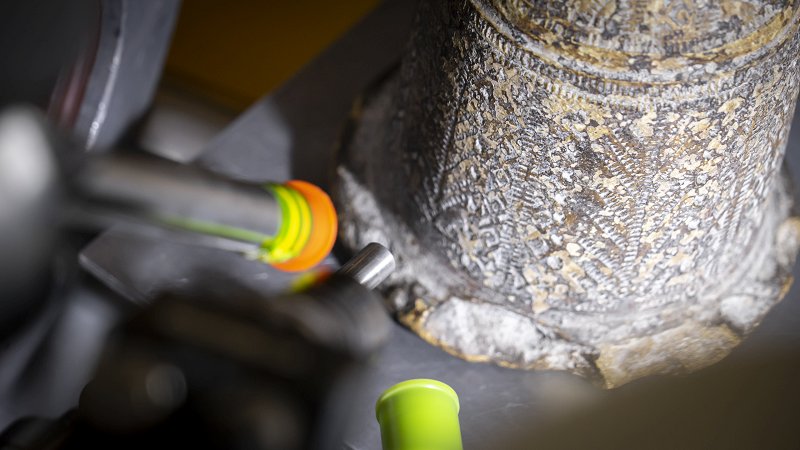
PIXE, RBS, NRA, STIM and MeV-SIMS methods are performed on the ion microbeam with a focused beam, which is moved in the form of a raster along the selected part of the sample. The beam with quadrupole lenses is collected to a diameter of 700 nanometers, and the elemental or molecular distributions in the sample are measured with such lateral resolution. In terms of the scope of measurements, measurements on biological and medical samples stand out.
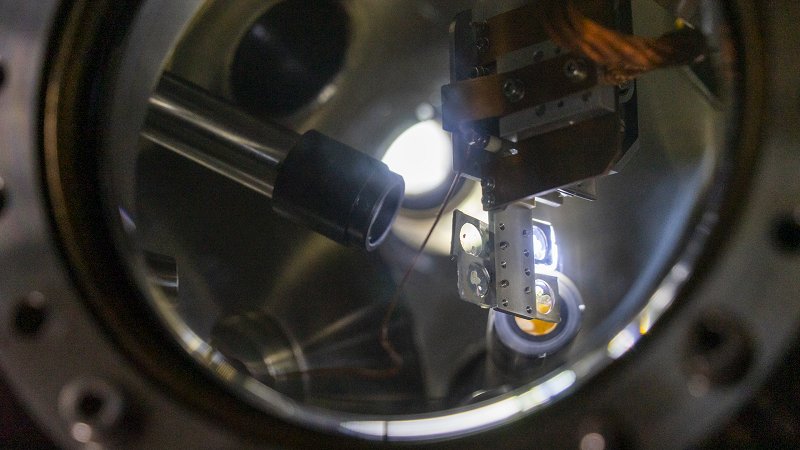
The nanobeam ion beamline is a successor of the microbeam ion beamline, so the analytical methods performed on it are the same. With the current most optimal settings on the object slit, collimator slit, quadrupole magnetic lenses, and the magnetic scanning system, we collected an ion beam to a diameter of a few hundred nanometers, and with such lateral resolution, we measure elemental or molecular distributions in the sample. Two outstanding upgrades of nanobeam include the installation of an active vibration isolation system on the experimental station, which dampens vibrations from the surroundings in less than a millisecond, and the installation of the mu-metal shielding along almost the entire length of the ion beamline, to reduce the electromagnetic interference that affects the ion beam’s trajectory.
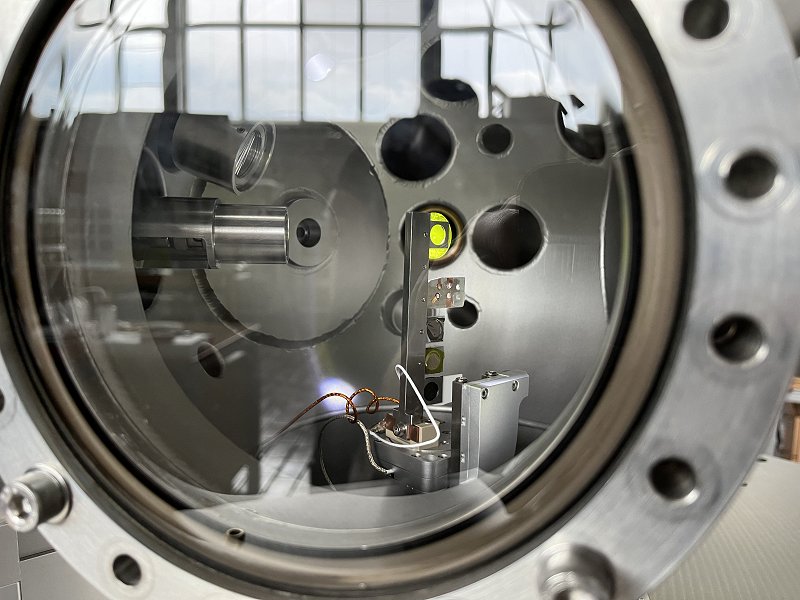
On the ERDA / RBS beam line, which is also called INSIBA (IN Situ Ion Beam Analysis), we measure the static and dynamic properties of materials, e.g. the content or dynamics of deuterium diffusion in metals by the NRA method, in which the sample is bombarded with ³He ion beams. The measuring station is equipped with a 6-axis goniometer (with the possibility of cooling and heating), which enables extremely precise alignment of the samples - this is essential for the study of ion channeling in crystal lattices. Research is very important in the field of fusion, which is why EUROFUSION co-finances the purchase of the very expensive gas ³He.
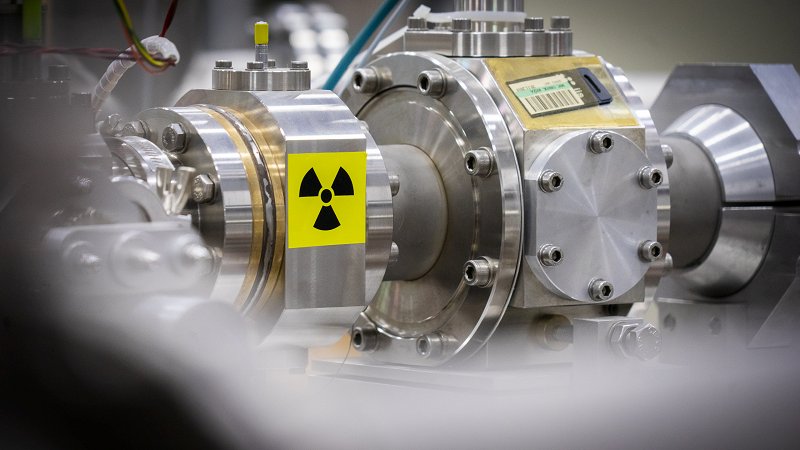
At the PIXE measuring station, nuclear astrophysicists are studying nuclear reactions that were crucial in the process of nucleosynthesis after the Big Bang, and nuclear reactions that take place inside stars. They use a combination of light primary ions (¹H, ³He , ⁴He, ⁶Li, ⁷Li ...) from the ion accelerator, and light target nuclei.
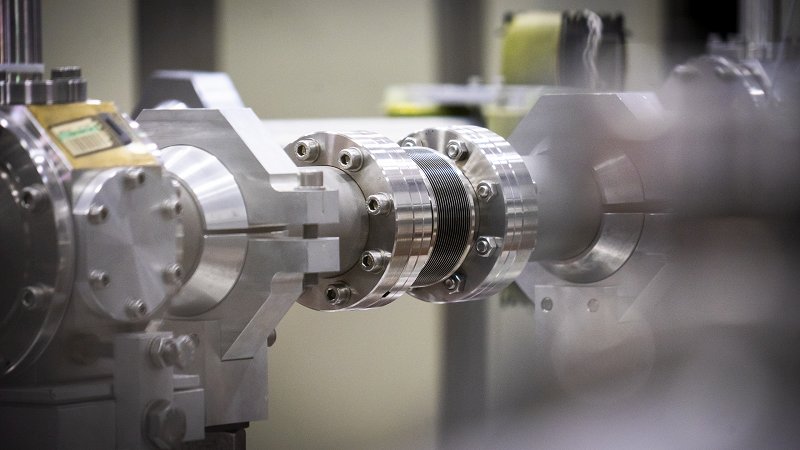
The UHV-IBA ion beamline, currently in construction, will be intended for measuring materials' static and dynamic properties, e.g., the content or dynamics of deuterium diffusion in metals by the NRA method, in which the sample is bombarded with 3He ion beams. Additionally, the ion beamline’s experimental station will be equipped with an Auger electron spectrometer, and a goniometer, providing measurements of defects in the crystal lattice, a method referred to as channelling. The research will be crucial for the field of fusion and the dynamics of hydrogen isotopes in materials.
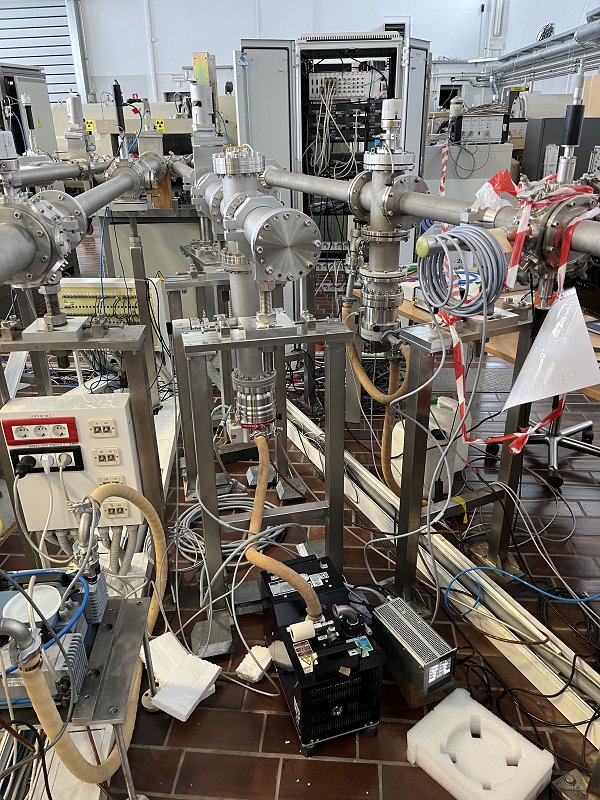
On a beam line with high-resolution X-ray spectrometry, the chemical states of the elements can be determined by measuring high-resolution X-ray emission. Among other things, this method studies chemical processes during battery operation in situ in collaboration with the Institute of Chemistry, and refines the ionization cross-section databases for the APXS spectrometer on the Curiosity rover on Mars in collaboration with the University of Guelph, Canada.
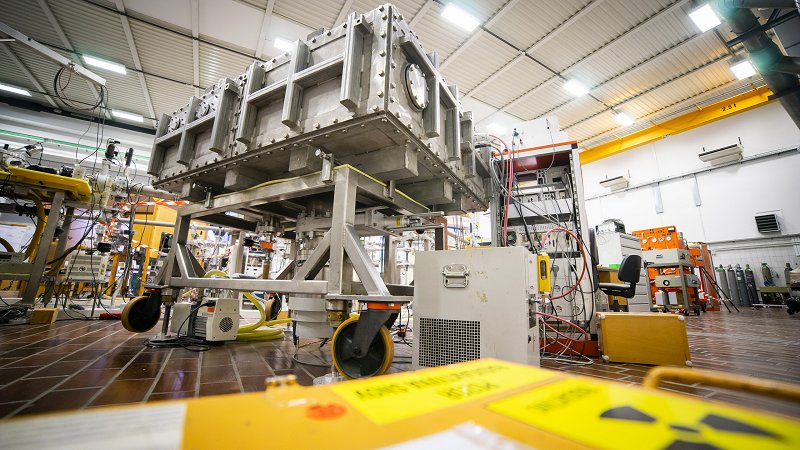
A Low Energy Branch (LEB) ion beamline, currently in construction, will be specialized for low-energy research. The core concept behind the LEB project was to add a wide range of low-energy applications to the existing infrastructure at our facility. With LEB, we will have the capability to produce a wide range of high-current light (H, He, C, B, 15N), medium (Si), and heavy (Ag, W, Pb, Bi) ion beams with energies from 1 to 30 keV. The branch will provide ion beams for the implantation of gases into solid targets, the creation of NV centers in diamonds needed for quantum computing research, studies of ion-gas reactions at low energies, etc.
